- Hikes entry fee to Karanji Lake Nature Park
- To let out subway walls for advertisements
Mysore/Mysuru: Struggling to come out of the COVID pandemic blues, the Sri Chamarajendra Zoological Gardens (Mysuru Zoo), having many rare fauna and bird populations, is looking to increase its revenues. The Zoo is a self-sustaining organisation that does not get any grants from the Government and has to depend solely on gate collection, donations and animal adoption fees for its maintenance.
Now as the third wave is waning, the Zoo management has decided to increase the entry fee for Karanji Lake Nature Park (KLNP). It has also been decided to let out the wall space inside the new subway to companies and business establishments for advertisements.
Due to the pandemic, the income of the Zoo has drastically come down in the last three years and as per the data, in 2019-2020, there were 35,09,186 visitors to the Zoo and Karanji Lake garnering an income of Rs. 27,82,42,190.
The revenue dropped in 2020-2021 with 8,56,619 visitors that earned an income of Rs. 7,56,00,289. In 2021-2022 there were 9,82,172 visitors that earned an income of Rs. 9,51,14,740 (up to 18.1.2022).
At its meeting held yesterday in the administrative office at Koorgalli, the Zoo Authority of Karnataka (ZAK) has decided to increase the entry fee of Karanji Lake and as per the new rates, adults will have to pay Rs. 50 instead of the present Rs. 40 and children have to pay Rs. 25 instead of the existing Rs. 20.
Karanji Lake is one of the main tourist attractions of the city and is located adjacent to the Mysuru Zoo. The Zoo and Karanji Lake have been interconnected, introducing a common ticket for interested visitors. As per the new combo rates, Rs. 130 has to be paid by adults instead of the existing Rs. 120 while children have to pay Rs. 70 from the existing Rs. 60.
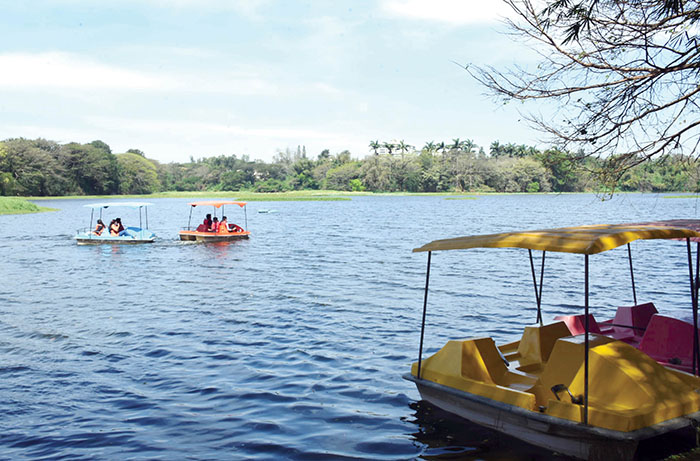
Karanji Lake supports a rich and rare biodiversity and has regained its pristine beauty after the desilting and rejuvenation works taken up in the past. As such, the Lake pulls a large number of tourists. The Lake per se is 30 to 35 acres and including its outer boundaries and green landscape, it measures 79 acres. It is a good example of a wetland ecosystem and is a home to many local and migratory birds. Water has filled the Lake due to constant efforts of the Zoo authorities including scientific desilting and clearing of Rajakaluves that naturally bring in water to the Lake from Chamundi Hill.
Subway opens on experimental basis
The construction work of a subway at the Zoo has been completed and has been open for people on an experimental basis. The subway enables visitors and tourists to cross the Shalivahana Road (road in front of the Zoo) from the Zoo parking lot which usually witnesses heavy traffic throughout the day.
The construction has been taken up at a cost of Rs. 1.75 crore and the tender has been awarded to Vinyas Builders, Bengaluru. The subway is 24 metres in length, 4.9 metres wide and 10 ft. tall.
Following feedback from the public who are now moving in the subway on a trial basis, the Zoo management has decided to lay railings in the middle and on the entry and exit steps so that people can walk holding them, Zoo Executive Director Ajit M. Kulkarni told Star of Mysore this morning.
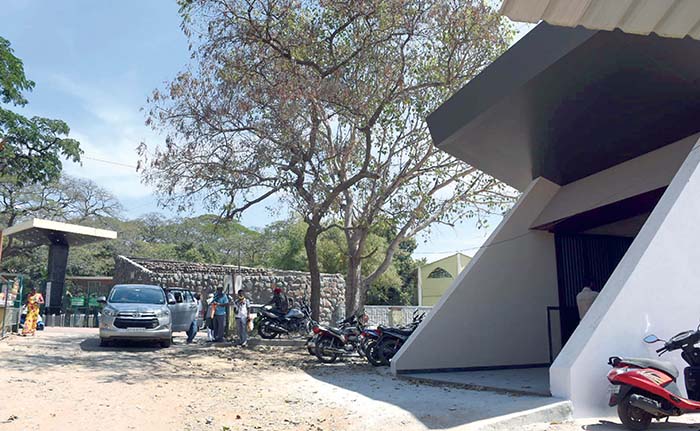
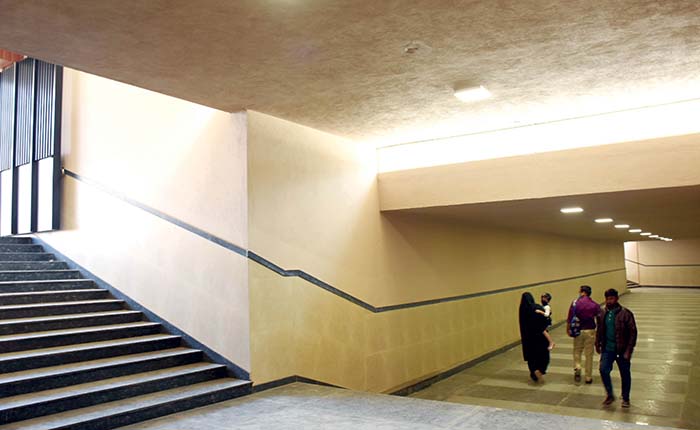
“It was earlier decided to paint the side walls of the subway with 3-D images of wildlife. But due to fund crunch, we have decided to let the space out for advertisements. Companies and business establishments are free to advertise the space. They can go for plain painting or LED screens but they will have to maintain them,” he added.
Special ramps have not been provided in the subway for the physically challenged as the entry and exit have steep gradients and it is not possible for wheelchairs to manoeuvre. “We have given them direct entry at the Zoo Main Gate and this will benefit them,” Ajit Kulkarni said.



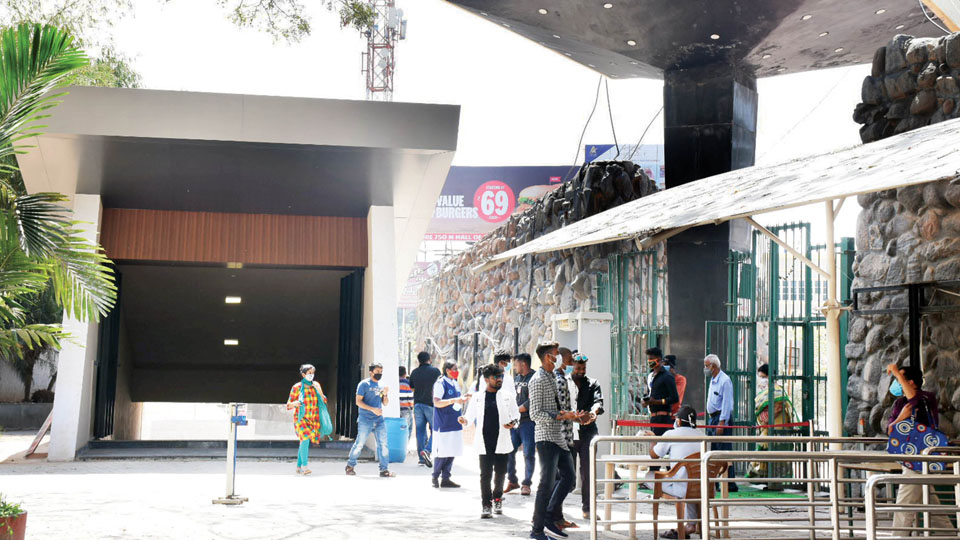

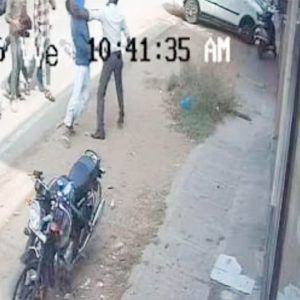

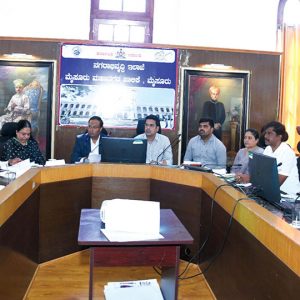
Recent Comments